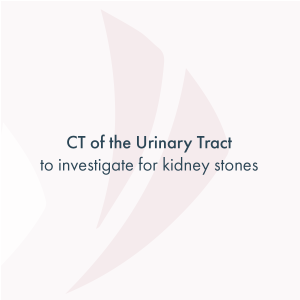What causes blocked Fallopian Tubes?

Fallopian Tube Recanalisation (FTR) is a minimally invasive procedure designed to enhance fertility by addressing blockages in the fallopian tubes. These blockages can result from various factors such as 👇🏾
☑️Scarring from previous abdominal surgery
☑️Certain sexually transmitted infections
☑️Previous ectopic pregnancy
☑️Endometriosis
☑️Hydrosalpinx
For blockages caused by debris, FTR demonstrates a success rate of 90%, making it a highly effective option for many women wishing to conceive. If you have been diagnosed and are wanting to learn more about FTR, please send us a message online or visit our website for more















